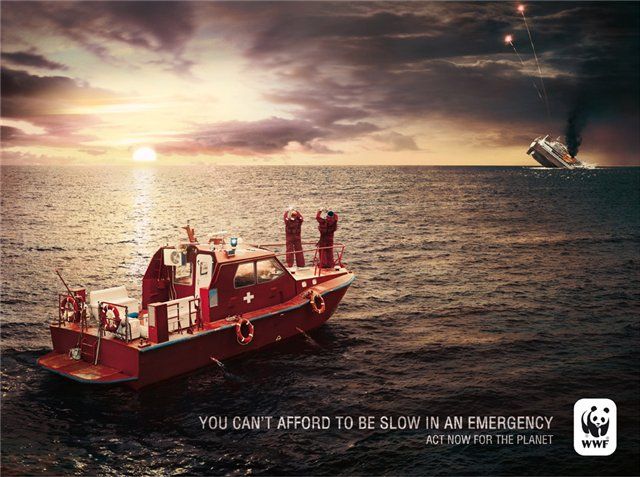|
|
World Wildlife Fund (WWF) Campaign
|
The well-known panda logo of WWF originated from a panda named Chi-chi that was transferred from the Beijing Zoo to the London Zoo in the same year of the establishment of WWF. As the only giant panda residing in the Western area at that time, along with its physical features and status as an endangered species, panda is seen to serve the need of a strong recognizable symbol of the organization. Moreover, the organization also needs an animal that would have an impact in black and white printing. The logo was then designed by Sir Peter Scott from the preliminary sketches made by a Scottish naturalist, Gerald Watterson.
Current conservation approach
WWF's current strategy for achieving its mission specifically focuses on restoring populations of 36 species (species or species groups that are important for their ecosystem or to people, including elephants, tunas, whales, dolphins and porpoises, and bigleaf mahogany), conserving 35 globally important ecoregions around the world (including the Arctic, the Amazon rainforest, the Congo Basin and the Coral Triangle), and reducing people’s ecological footprint in 6 areas (carbon emissions, cropland, grazing land, fishing, forestry and water).
|
|









